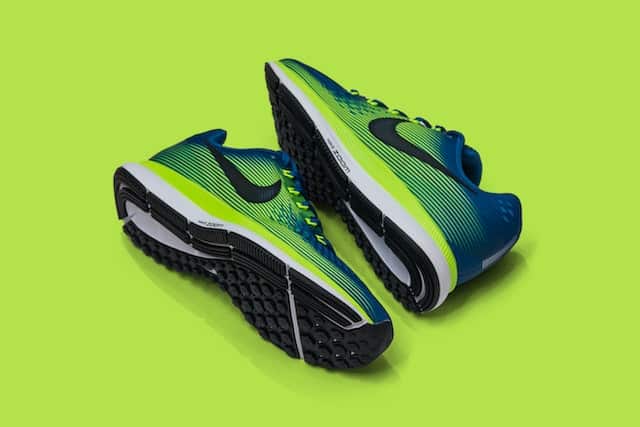
Contents
Trailing running shoes, stability shoes, a specialist running shop… there’s a lot to consider when buying the right running shoes
Running shoes should take a good bit of consideration. There’s a lot to think about when it comes to the finer details of that beyond aesthetics. The right running shoe is rather subjective, and that’s due to the above statement. And while that can be a great thing; more option to accommodate for injury or ailment is superb, there’s an aspect of confusion. A learning curve in knowing what’s what is naturally present, so let me help you today by breaking down some of the best and worst parts of your favourite (potentially running) shoes.
From trail running shoes to road shoes, whatever your needs are, whatever your shoes should be. As you read over this post, remind yourself of things like the environment, current issues with shoes you own now, training types and multi-use purposes – running shoes aren’t cheap, and the best running shoes on the market aren’t just priced because of running style.
Let’s see what makes these shoes so good.
Surface level detail
Contrary to the title, this section is of the utmost importance. You don’t want to be tied down with shoes that aren’t right for the environment. Whether it’s trail shoes you’re after or materials perfect for road running, whatever your terrain, there’s a running shoe out there for you.
Runner’s need puts it, ”If you’re running through soft muddy trails, you’re better off in a pair of trail shoes with a deep tread that offers better grip and ankle support, vital for running on uneven terrain. On pavement, however, these shoes will be uncomfortable as the studs will press into the soles of your feet, and will wear away quickly.”
Cushioned sole
It’s important for runners to have a cushioned sole on their shoe. It helps to protect the skin, muscles and pronation of your ankles. Sure, a pair of neutral shoes tend to do the trick, but if you run a long distance you’ll want some cushions (imagine having no cushions in the seat of your car, why would you?)
Stability running shoes
This pair of running shoes are designed to give you a good pair of runners for mixed terrain. They offer cushioning medial support and durability for a balance between comfort and control.
Lightweight running shoes
Lightweight running shoes designed to help free your feet are great for lighter terrains. They’re more flexible due to lower material density, and help keep the mental aspects minimal too – you can hardly feel them on your feet, so you don’t have to worry about them being uncomfortable.


Conclusion
From the neutral shoe to the trail shoe, you have options, and if you’re not just looking for ‘soleful’ shoes then you have a range of details to accommodate you also.
FAQs
What do neutral running shoes even mean?
Neutral shoes are generally for runners whose feet and ankles go through a normal pronation pattern when running.
Are running socks worth it?
They can make a big difference relative to sweat-wicking, comfort, anti-blister and lightweight feel. Check them out.
Can using old running shoes cause shin splints?
Running in old running shoes can certainly contribute to causing shin splints as they won’t provide a suitable level of cushioning.
Several factors can increase the risk of skin splints, such as running in old shoes that do not provide an appropriate level of cushioning, running on hard surfaces and overpronation. The pain caused by shin splints is usually experienced during and after exercise and the affected area can be sensitive to touch.
**Learn how to lace running shoes for numb toes here.